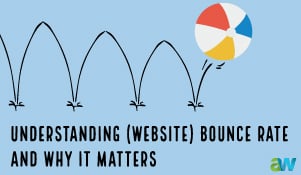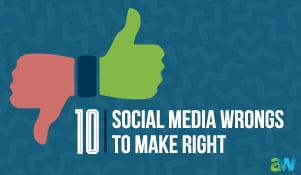Many companies have committed to content marketing programs in the past few years, yet a fair number report lackluster results.
Here are a few tips to shore up your content marketing efforts:
1. Know and nurture your customer. Ensure that your content is written and focused on your customers' needs at each phase of the buyer's journey. What are the common questions they have? What do they need to understand better? How can you help them better evaluate their options? Begin by developing buyer personas, and then utilize those to guide your communications.
2. Show up where your customers are. Where do your customers spend time online? In addition to publishing blog posts, consider writing articles on LinkedIn, join and engage in LinkedIn groups, and consider presenting at conferences or leading webinars. The more you're visible with prospects, the greater likelihood they will rely on you, and use your content as a resource.
3. Include events in your content marketing. In B2B marketing, an event strategy is an important component in meeting prospects and customers in person. According to the "B2B Content Marketing 2020" report, 19 percent of B2B marketers use in-person events to secure leads with another 16 percent choosing webinars/online events and 13 percent electing to develop ebooks. When it comes to actually converting leads, in-person events are used 25 percent of the time by B2B marketers.
4. Use variety for your content. Websites are the destination for a brand and to make a website effective for lead generation, a variety of content needs to be included in the mix. A blog is tier-one content but not all B2B companies need a blog. They do, however, need sales enablement materials that help the sales team nurture the pipeline and fill it with leads. Other types of content are webinars, how-to videos, social media posts, case studies, and events, as mentioned above.
5. Keep an eye on your metrics. Short of just publishing content, add metrics to each piece of content to see how successful it is for 1) building brand awareness, 2)securing leads, 3) nurturing leads, and 4) converting leads. Ideally, utilize an integrated marketing platform, like Hubspot, which will enable you to streamline your efforts while also providing granular reporting on results . At a bare minimum, ensure that you're checking Google Analytics to see an accounting of clicks, the bounce rate (how long a visitor stays on your site), and where the traffic comes from.
6. Consider paid media. According to the "B2B Content Marketing 2020" report, 84% of B2B marketers use paid distribution channels for content marketing purposes; of that group, 72% use paid social media/promoted posts. Paid content distribution channels include social media advertising, native advertising, search engine marketing and pay per click, banner ads, and other types of paid content on a variety of channels. Those B2B organizations that do not use paid content are reported to be relying on social media (91%), website/blog (89%), and email marketing (87%).
7. Know which content is used for what purpose. When you're trying to elevate brand awareness, consistent blogging and social media posts work well. Securing leads gets high marks with in-person events, webinars (even virtual conferences) and eBooks. Once prospects are on your list, then use newsletters, email marketing, and highly targeted blog posts to share relevant content. When trying to convert leads into an actual customer, in-person events and case studies are effective.
With so much great content available online, and numerous companies vying for business, it's especially important to nurture prospects with relevant content, customer service and information that educates and keeps them coming back.









Leave a comment